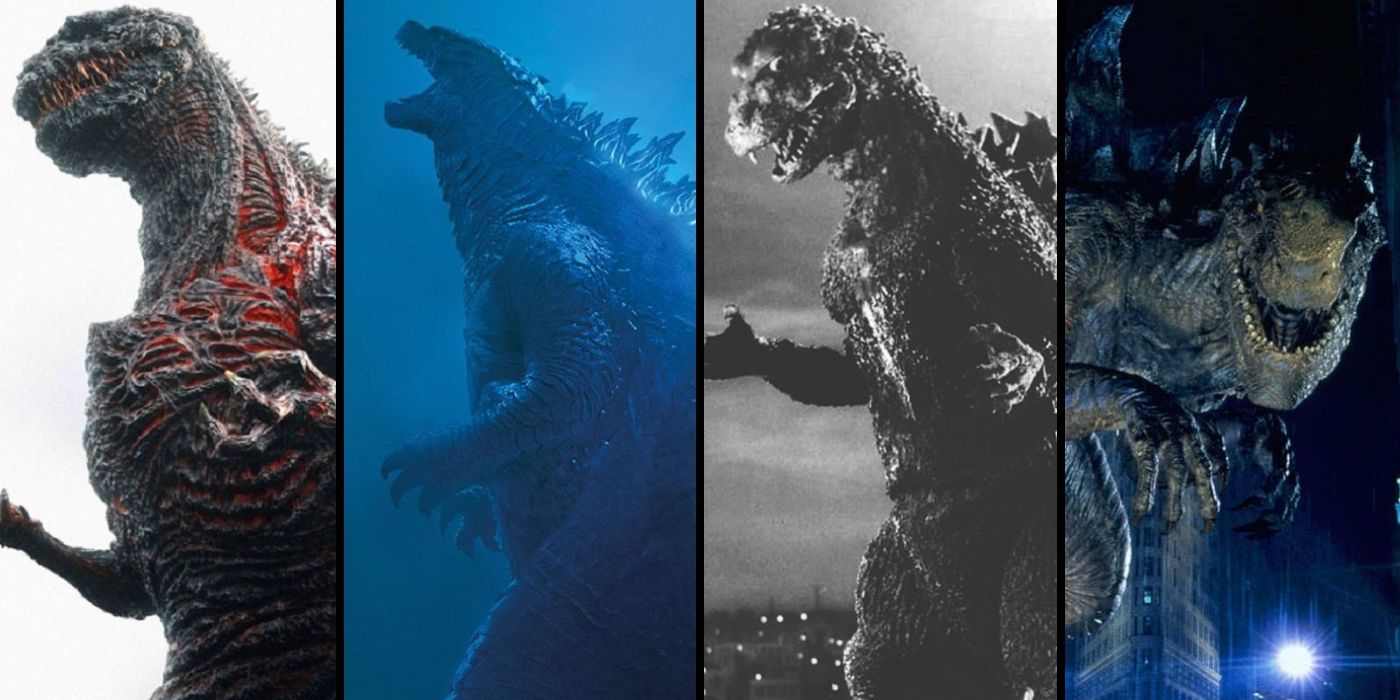
In 65 years, there have been multiple versions of Godzilla - and many of them differ from each other in more ways than one. This makes sense, considering that the King of the Monsters has starred in over 30 live-action movies, not to mention animated films as well. Of course, several of the live-action movies take place in the same continuity, so a few incarnations of the Japanese pop culture icon have appeared in a number of films before being replaced with a new Godzilla. On the other hand, there are several other Godzilla stories that don’t extend beyond one movie.
Less than a decade after the United States dropped atomic bombs on Hiroshima and Nagasaki, Japanese studio Toho created Godzilla as an allegory for the danger of nuclear weapons. In the 1954 film, the Japanese military were forced to fight Godzilla, a gigantic monster mutated by nuclear radiation from an atom bomb test conducted by the U.S. military in the Pacific Ocean. Since then, Godzilla has been utilized as both a hero and villain.
Every few years, filmmakers develop a new take on what Godzilla should be. When this happens, he tends to go through a few design changes, and sometimes Godzilla’s origin story is altered as well. Here’s every live-action version of Godzilla in the movies, and what makes each one different.
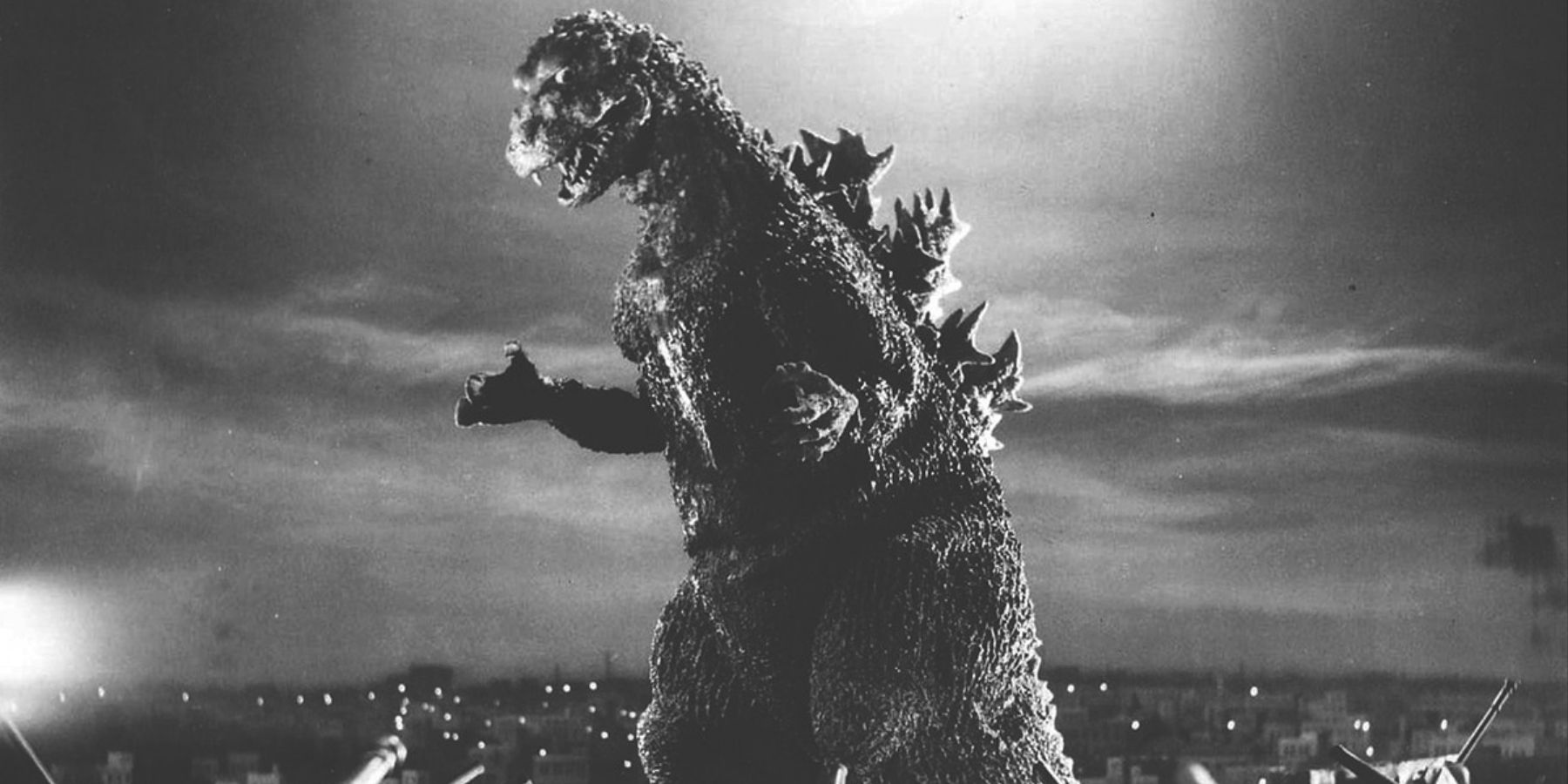
The original Godzilla has most of the physical characteristics that audiences equate with the character. Godzilla’s back spikes, atomic breath, iconic roar, distinguishable face, and body structure that most fans are familiar with all date back to his original look. What’s different about this Godzilla is that he never had a chance to fight another monster. He was killed by the Oxygen Destroyer at the end of the movie.
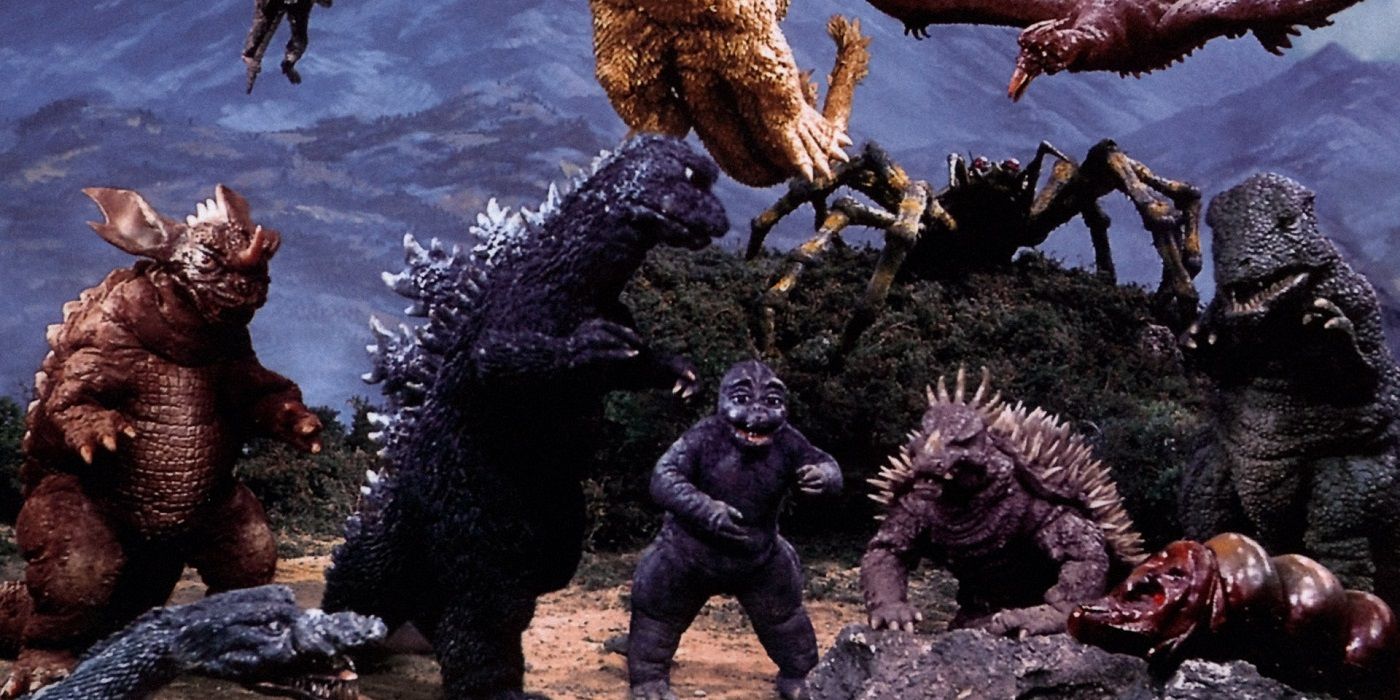
In 1955’s Godzilla Raids Again, the existence of a second Godzilla was revealed, and this version carried the franchise for over a dozen movies. In the beginning, he looked identical to the design of the 1954 character. As time passed, minor changes were made to the Godzilla suit, partially due to budget issues. The Godzilla head went through a few adjustments, but most aspects of his design remained changed. Some installments in the Showa series of Godzilla movies suffered from low budgets, and that unfortunately effected the quality of the Godzilla suit.
The biggest change made to Godzilla during this time, however, had nothing to do with his design. In 1964’s Ghidorah, The Three-Headed Monster, Toho turned Godzilla into a hero and kept him that way until the series ended with Terror of Mechagodzilla in 1975. This happened as a result of Toho’s efforts to appeal to younger audiences. This take on Godzilla was just as brutal as other versions, but he had more of a “fun” personality. He was even capable of shaking hands and engaging in fits of laughter.
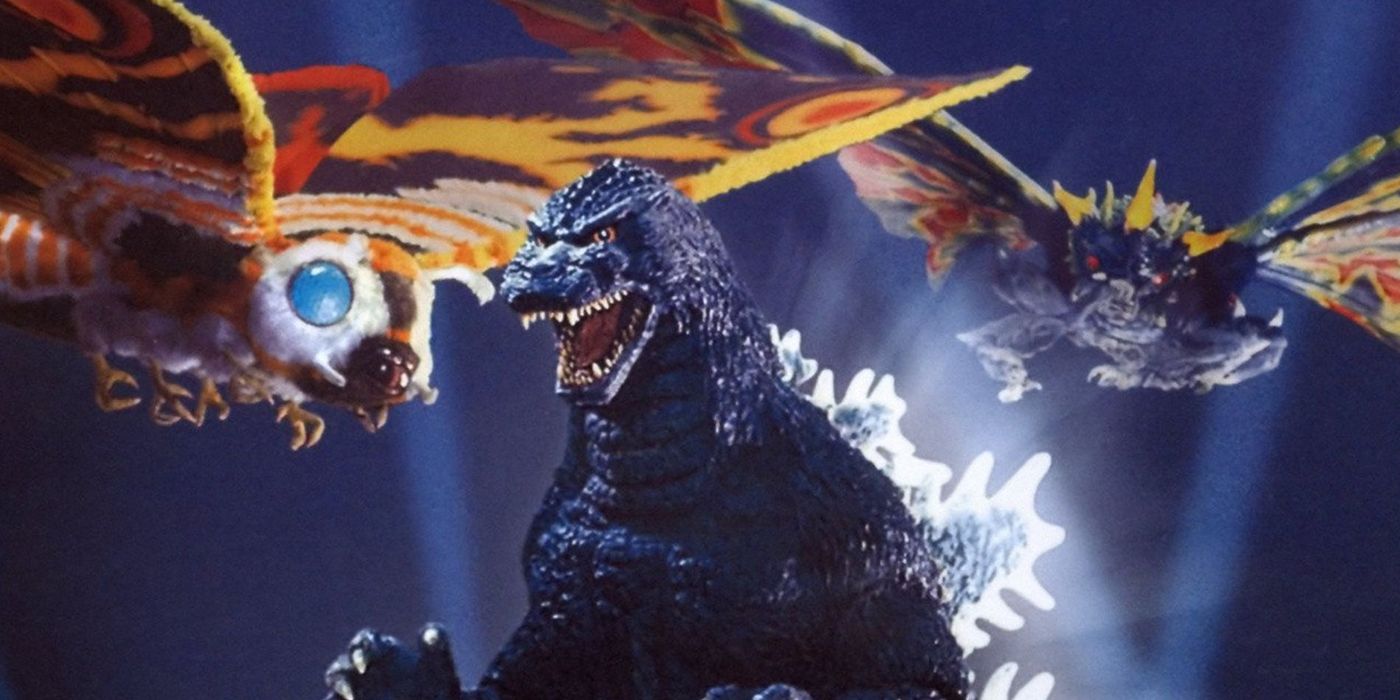
Toho revived their mascot in 1984 in the appropriately-titled Return of Godzilla, which kept Godzilla’s basic design, but provided him with a much more serious and meaner look. This Godzilla, who evolved from a Godzillasaurus, has darker scales and larger thighs than the Showa Godzilla. The Heisei series films abandoned the kid-friendly tone of the 1960s and 1970s films and restored Godzilla to his roots as an enemy of Japan. In the movies that were released in 1990s, Godzilla filled the role of an anti-hero. The government often looked for ways to defeat Godzilla, but were usually unsuccessful.
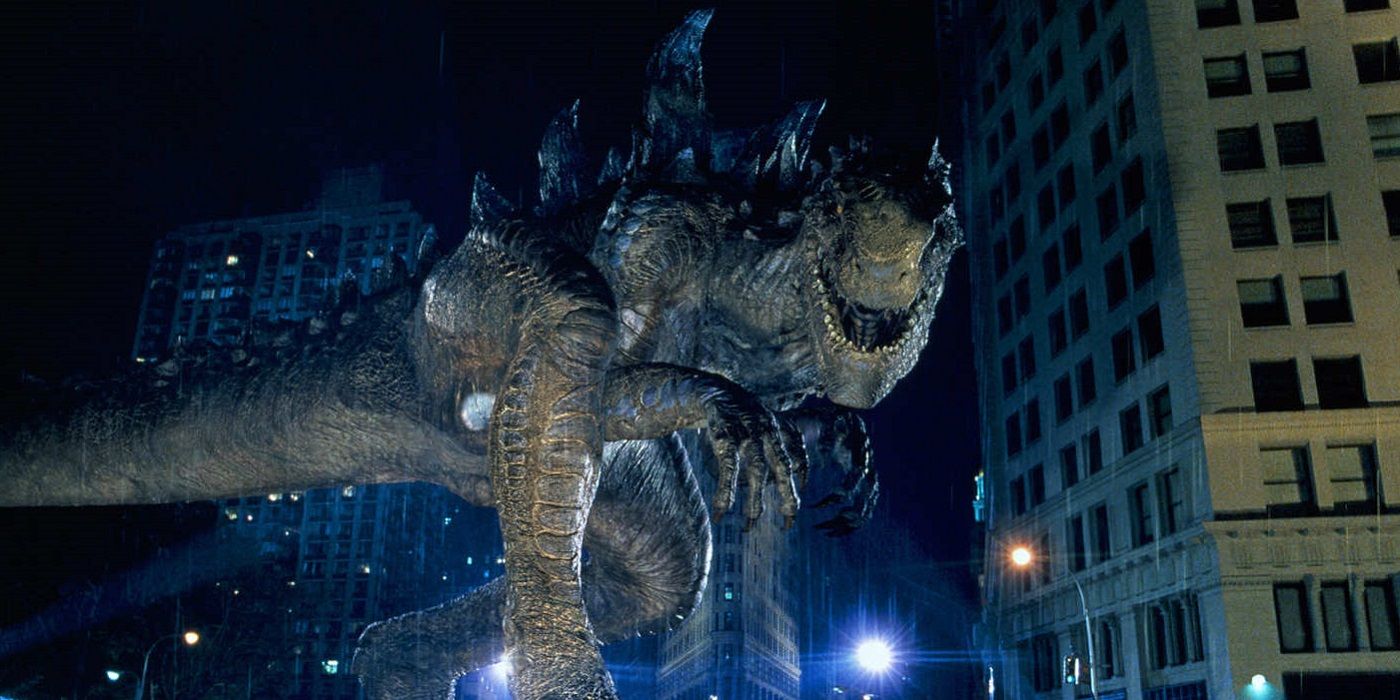
In 1998, the first Hollywood adaptation of Godzilla was met with a swelling of criticism across the board, as both fans and Toho felt that it betrayed the spirit of Godzilla when it made him more like an animal and less like a monster. The giant, mutated iguana was only a fraction of Godzilla’s size and lacked all of his distinguishing physical traits. Response to the movie and the creature itself was so negative that Toho retconned the 1998 Godzilla into a completely different monster in 2004’s Godzilla: Final Wars.
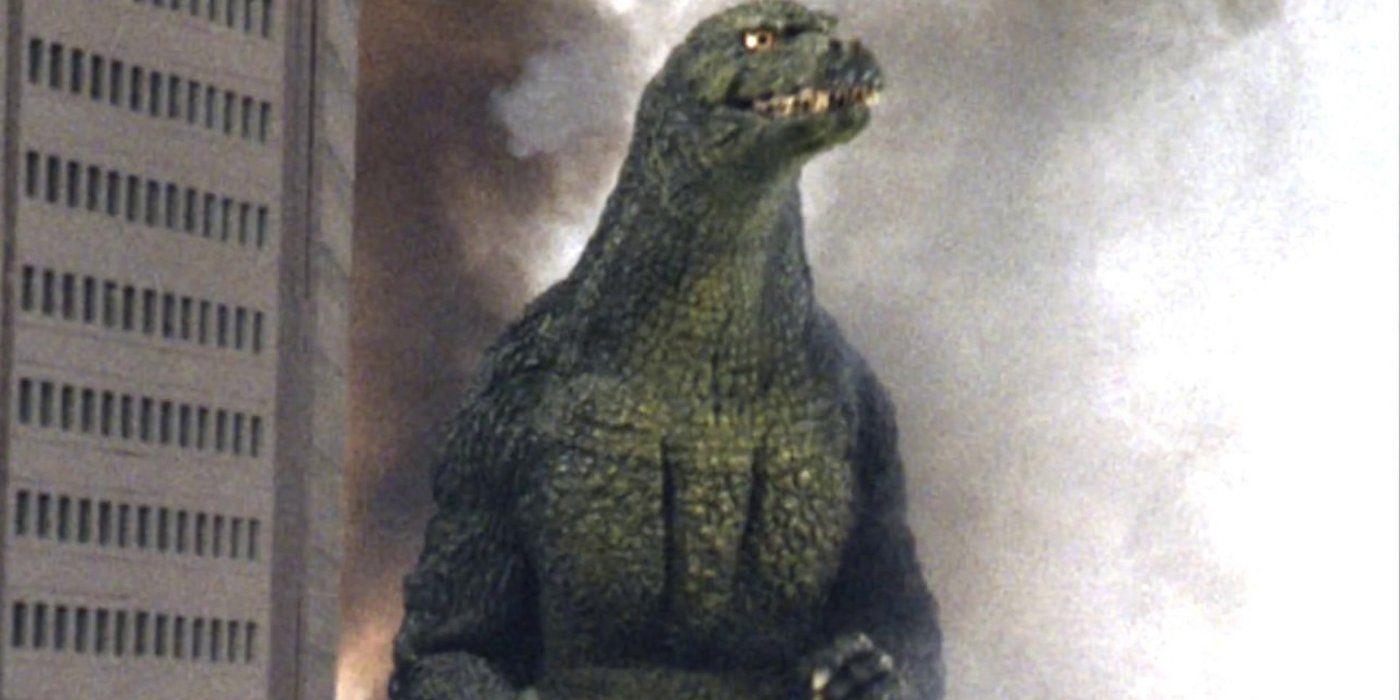
In 1993’s Godzilla vs. Mechagodzilla II, Godzilla had a son who has since been dubbed “Godzilla Junior”. Subsequent movies in the Heisei series aged Godzilla Junior until he was an adolescent in Godzilla vs. Destoroyah. In the movie, Godzilla Junior looked similar to his father, but his back spikes were significantly smaller. He later died in battle with Destoroyah, but Godzilla brought him back to life by giving him his lifeforce. Thanks to Godzilla’s energy, Godzilla Junior was reborn as the new Godzilla.
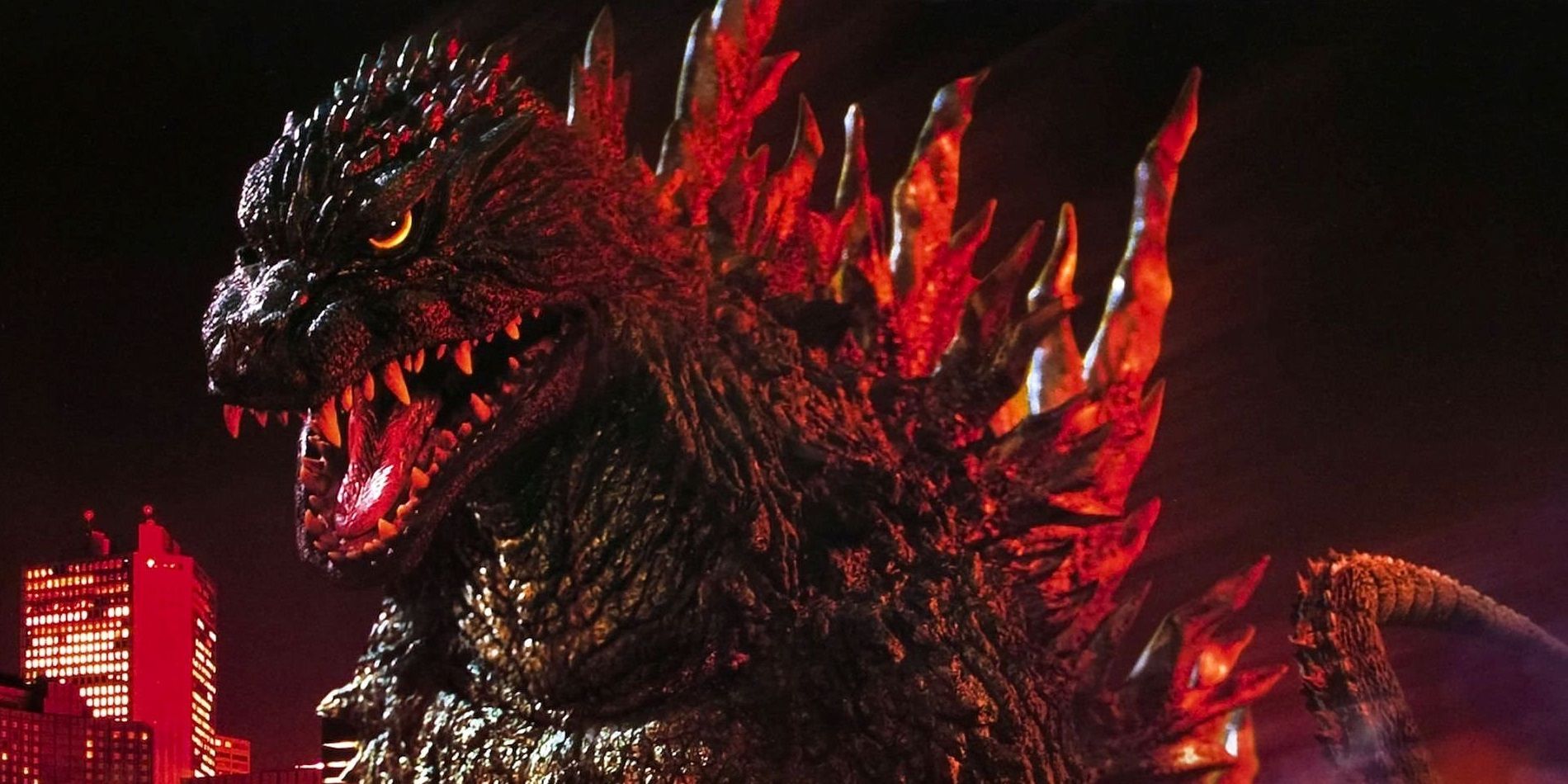
Godzilla 2000 rebooted the franchise and served as the beginning of the Millennium series. Instead of bringing back Godzilla’s son and letting him lead the new series, Toho decided to start over with an all-new incarnation. This Godzilla, who sported purple back spikes and red atomic breath, was similar to the 1990s Godzilla who was treated like an anti-hero. This design was reused in Godzilla vs. Megaguirus, but Toho went back to the blue atomic breath and the more traditional dorsal fins for Godzilla Against Mechagodzilla, Godzilla: Tokyo S.O.S., and Godzilla: Final Wars.
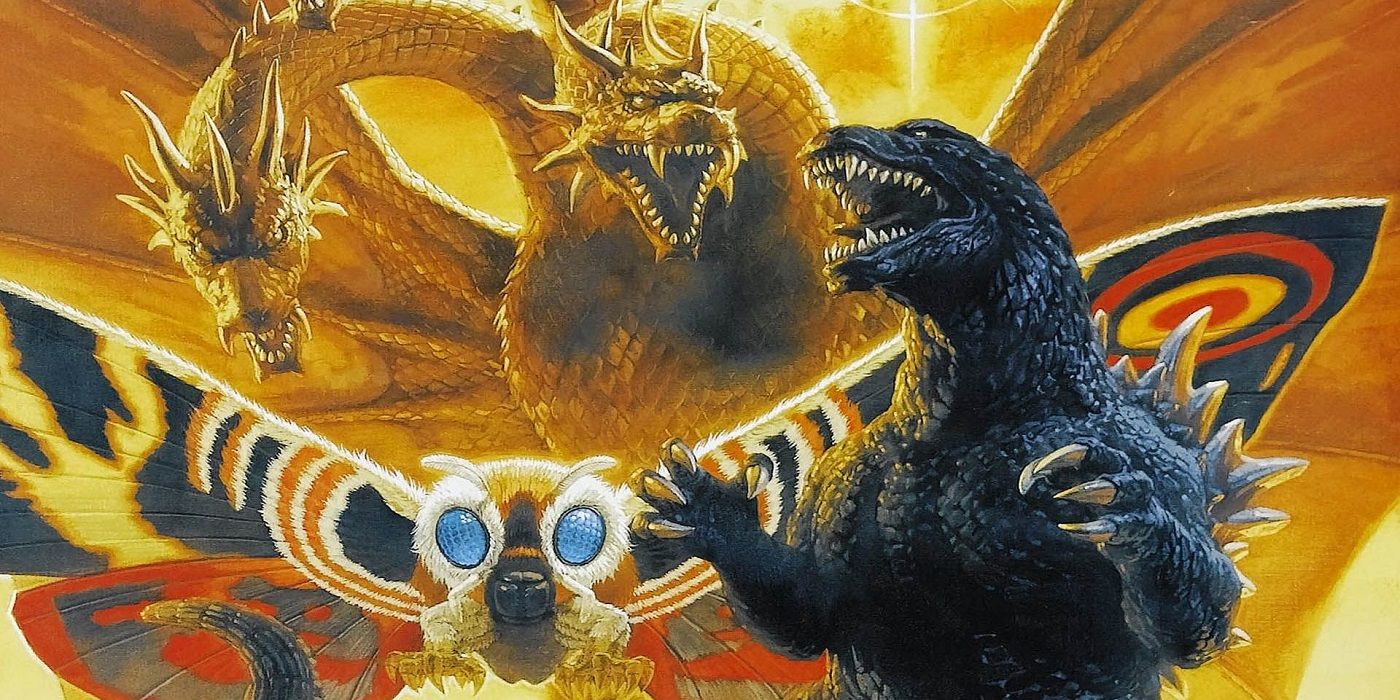
2001’s Godzilla, Mothra, and King Ghidorah: Giant Monsters All-Out Attack stands on its own as a movie where Godzilla is portrayed as a truly evil entity, as opposed to a creature who simply destroys what gets in his way. The films resurrects the 1954 Godzilla by having his body possessed by the ghosts of soldiers killed in World War II. This supernatural interpretation of Godzilla was opposed by guardian monsters Baragon, Mothra, and King Ghidorah.
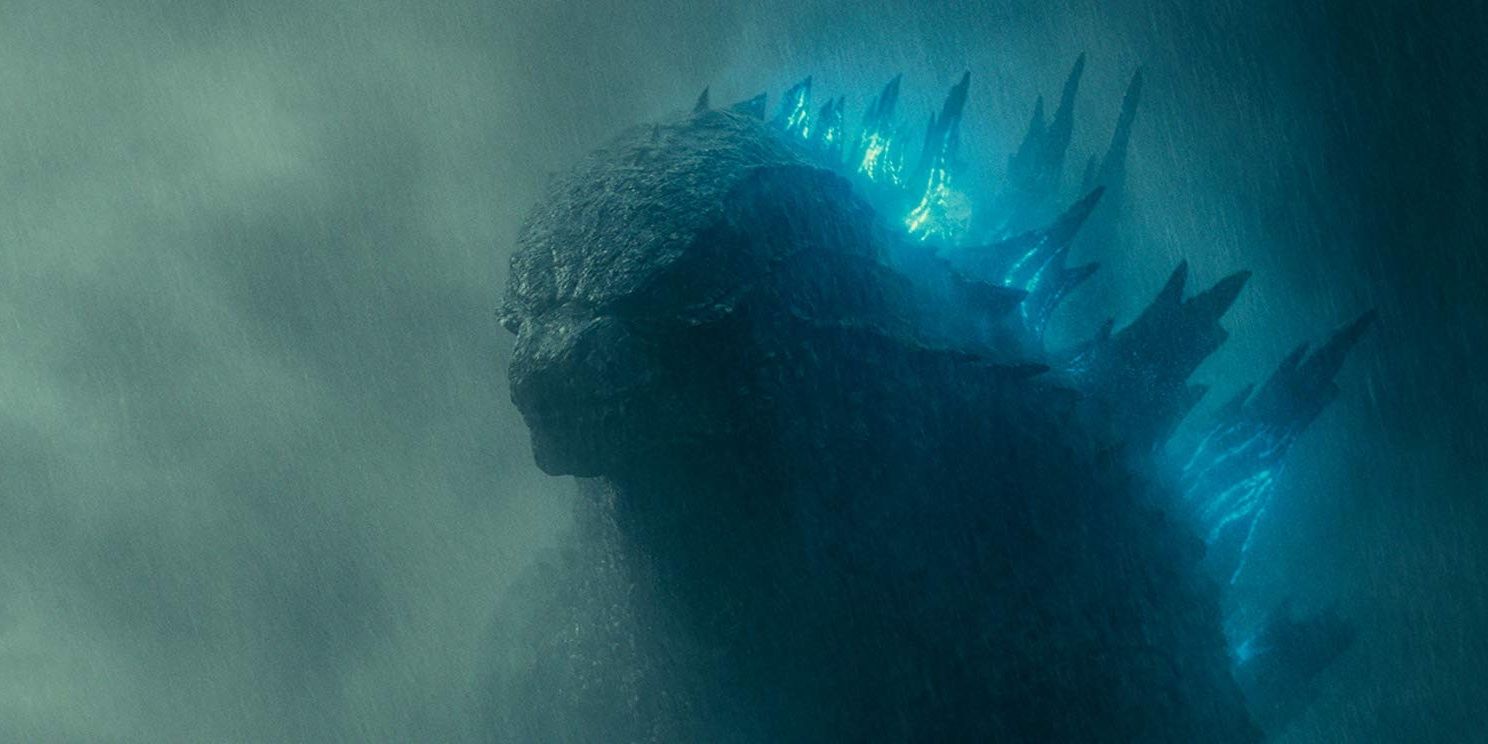
Legendary reinvented Godzilla for the MonsterVerse with a fearsome new look. Unlike Toho’s Godzilla, the MonsterVerse version wasn’t created by radiation. Instead, he was an ancient monster known as a Titan that was merely awakened by the atom bombs. In the world of the MonsterVerse, Godzilla acts as the planet’s self-appointed protector. He rises up to do battle with other Titans when the balance of nature is threatened.
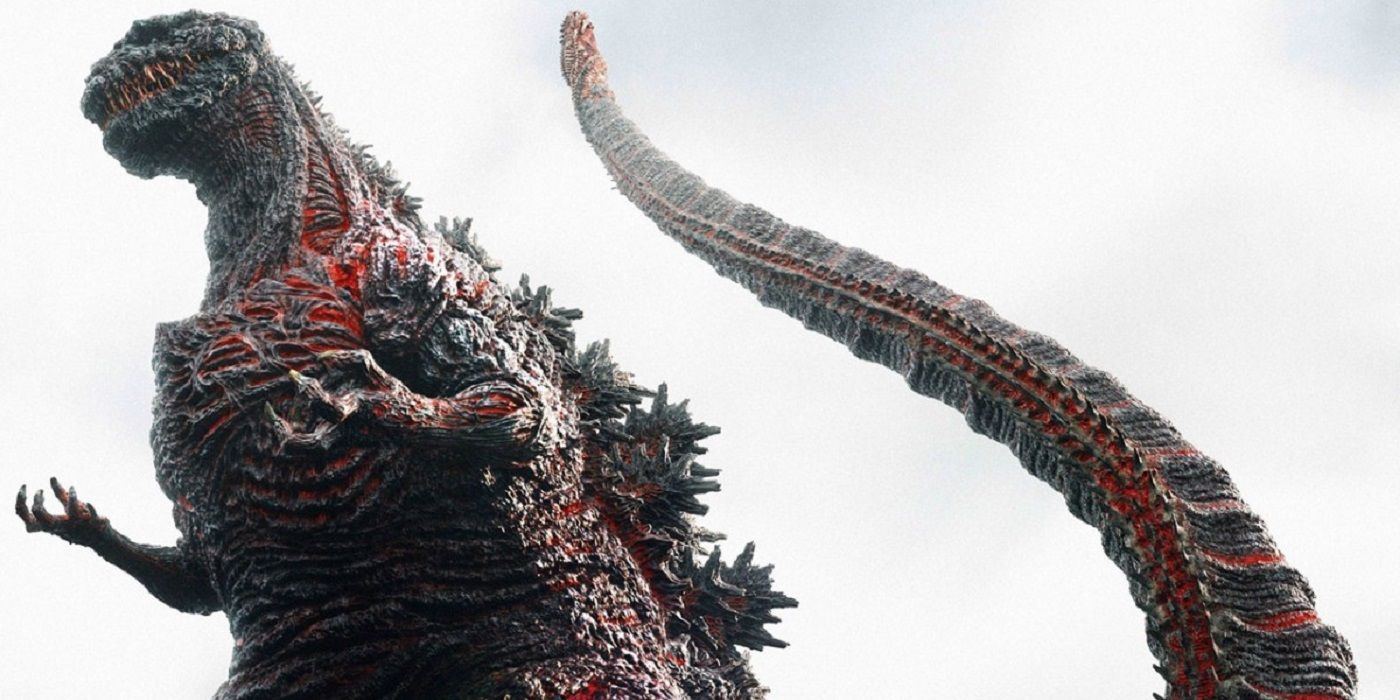
With Legendary’s Godzilla performing so well at the box office, fans knew it was only a matter of time before Toho went back to making Godzilla movies. The first attempt since 2004 was 2016’s Shin Godzilla, a movie which introduced a drastically different version of the King of the Monsters. The new Godzilla, who went through various unusual transformations, was a grotesque and repulsive creature that possessed a number of unique abilities that no Godzilla has ever had before. This villainous creature was destroyed at the end of the film, but the door was left open for a new Godzilla to be born. Even so, Toho has opted not to revisit Shin Godzilla, in favor of an all-new series of Godzilla films.
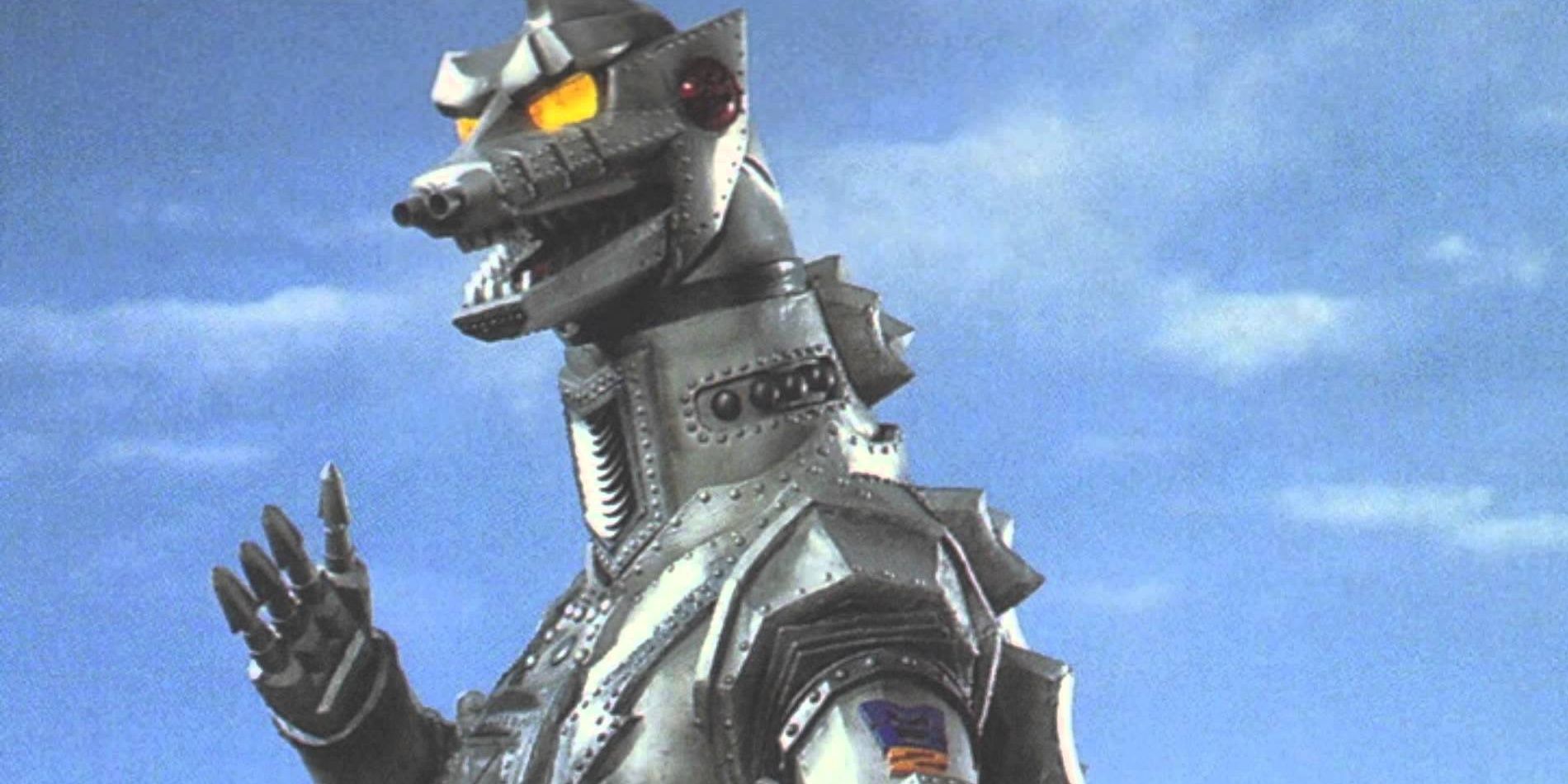
1974’s Godzilla vs. Mechagodzilla featured the debut of Godzilla’s robotic counterpart. Designed by aliens and modeled after Godzilla, this deadly machine packs a deadly arsenal of missiles and lasers. Toho reimagined him as a weapon of the Japanese government in Godzilla vs. Mechagodzilla II. He filled a similar role in Godzilla Against Mechagodzilla, when a new model was built. This particular version was given the name “Kiryu”. The MonsterVerse is expected to get its own Mechagozilla in Godzilla vs. Kong.
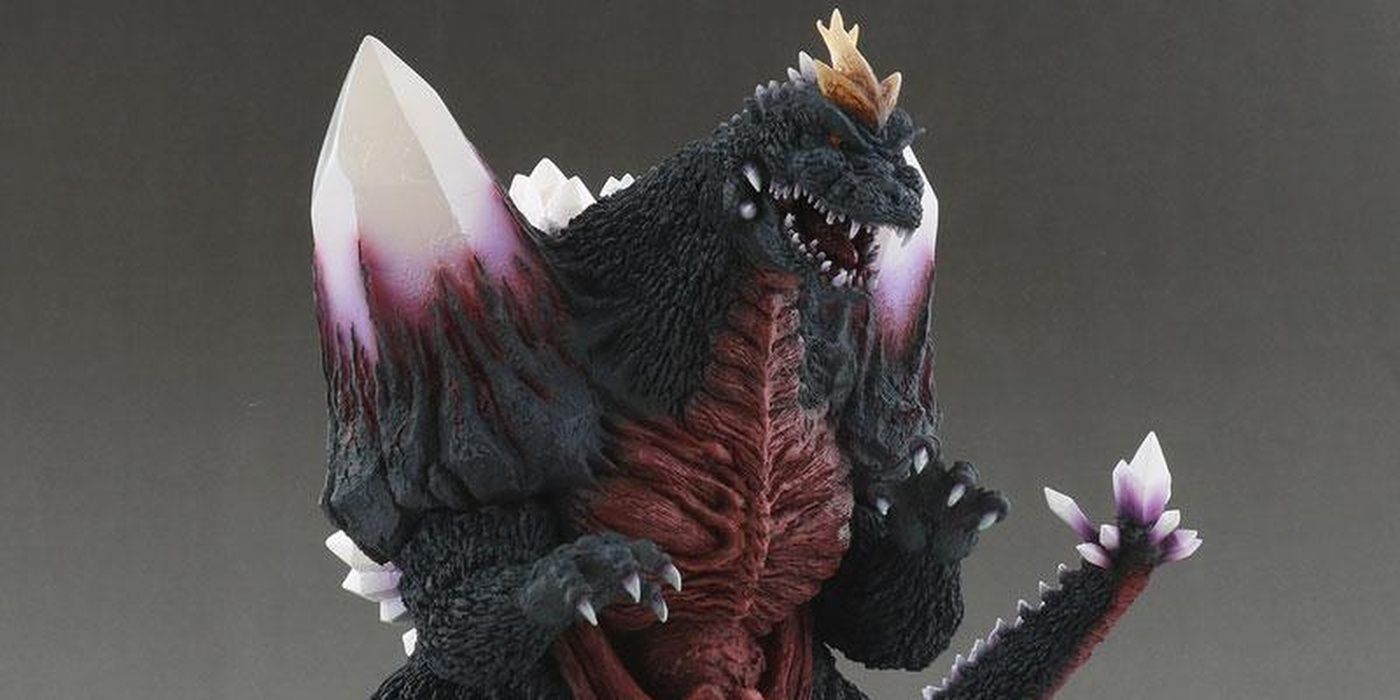
Somehow, some of Godzilla’s cells found their way into outer space, where they were mutated by a black hole. What resulted from this mutation was a powerful creature called SpaceGodzilla. As its name suggests, it bears some resemblance to Godzilla, but his back and shoulders are adorned with large crystals. The alien kaiju’s first and only appearance came in 1994’s Godzilla vs. SpaceGodzilla when it arrived on Earth and began creating havoc, forcing Godzilla and Moguera to team up against him.
from ScreenRant - Feed https://ift.tt/2NhZVXw



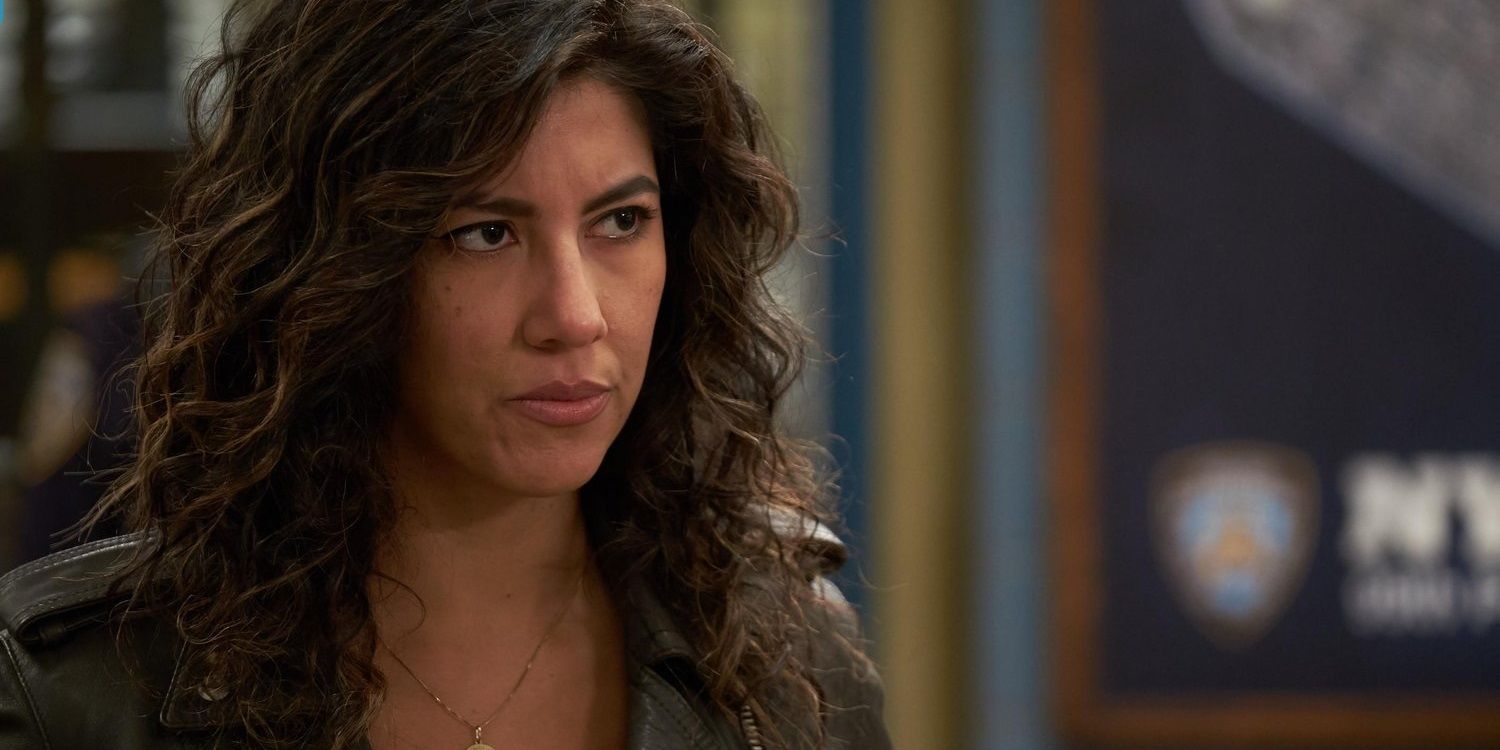


0 Comments